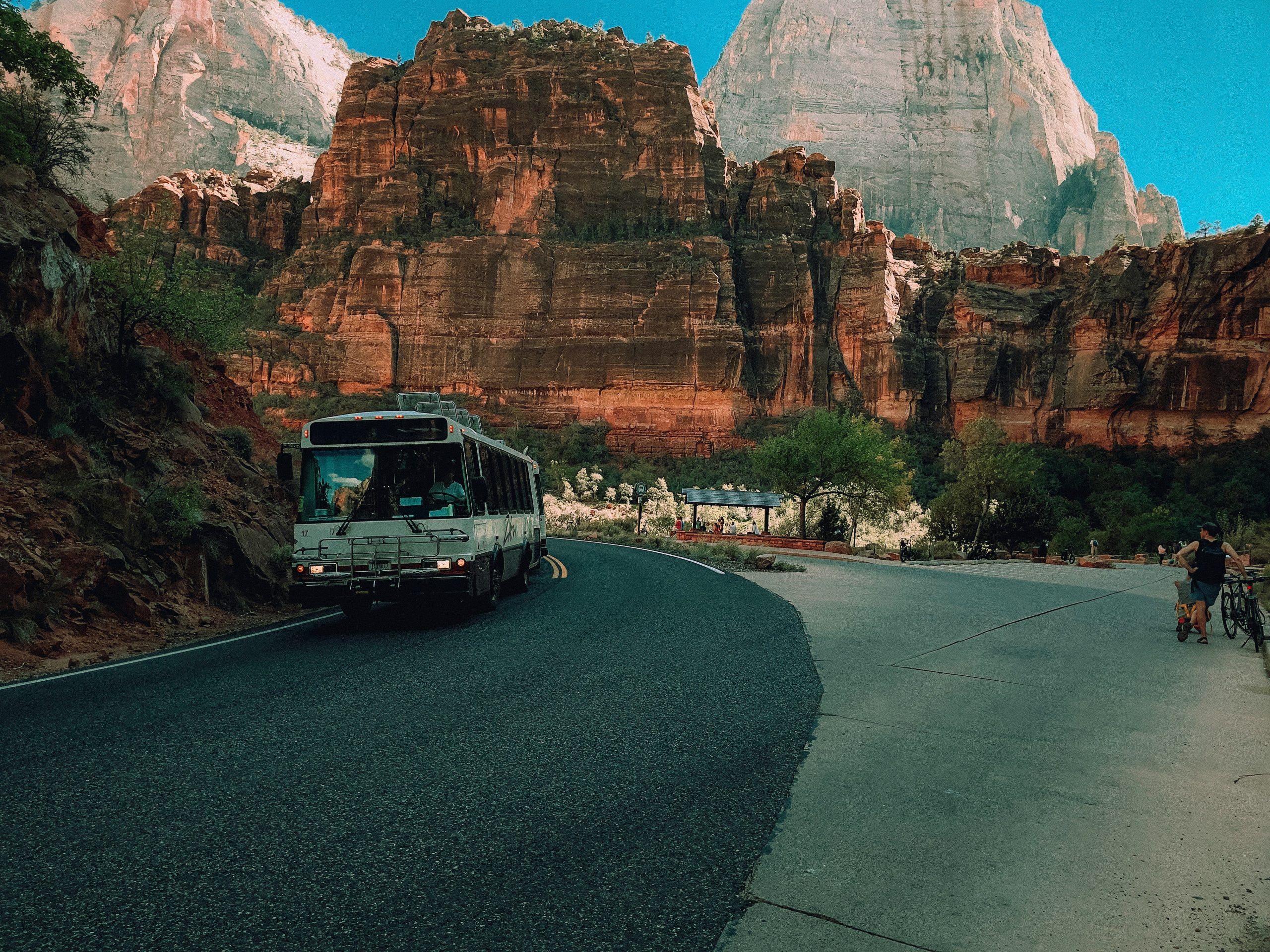Road Trips Became an American Tradition
Road trips have become an iconic part of American culture. From classic cross-country journeys on Route 66 to scenic drives along the California coast, hitting the road and exploring the vast expanse of the United States has become a tradition beloved by many. But how did these epic adventures on four wheels become such a staple in American life? Let’s take a deep dive into the history of road trips and discover how they evolved into an integral part of the American experience.
The Rise of the Automobile
The early 20th century marked a significant shift in transportation. With the introduction of Henry Ford’s affordable Model T in 1908, automobiles quickly became more than just a luxury for the wealthy. Soon, cars were accessible to the middle and working classes, paving the way for a new mode of travel – the road trip. Families and friends could now hit the open road and explore the country in a way that had never been possible before.
As more people began to own cars, the need for better roads increased. In 1916, the Federal Aid Road Act was signed into law, setting aside funding for the development of a national highway system. This led to the construction of iconic routes such as Route 66 and the Lincoln Highway, making cross-country travel more feasible and appealing.
Escape from Reality
During the difficult days of the Great Depression in the 1930s, road trips provided a much-needed escape from the harsh realities of life. With gas prices being low and accommodations being inexpensive, many Americans packed up their cars and embarked on journeys to explore the natural beauty of the country and find temporary respite from the troubled times.
After World War II, road trips took on a new meaning as veterans returned home and started families. The advent of the sprawling, car-centric suburbs only fueled the growing desire to get behind the wheel and hit the open road. For many, road trips became a way to bond with loved ones and create lasting memories.
The Golden Age of Road Trips
The 1950s brought about a golden age of road trips. With the rise of the middle class, owning a car became even more of a status symbol, and road trips became synonymous with the American dream. Families would pile into the car, often with a trusty map in hand, and set off on grand adventures across the country. This era also saw the rise of iconic roadside attractions, such as the towering dinosaurs in Cabazon, California and the giant Paul Bunyan statues scattered across the Midwest. These quirky and often kitschy stops added an element of fun and adventure to the already thrilling road trip experience.
The Modern Road Trip
While the classic image of a road trip may include a vintage car and a jukebox soundtrack, the tradition has stood the test of time and continued to evolve. With the introduction of the Interstate Highway System in the 1950s and 60s, road trips became faster and more convenient. In the 21st century, technology has also played a significant role in shaping road trips. GPS, online travel planning tools, and social media have made it easier than ever to plan and document the ultimate road trip.
Final Thoughts
From its humble beginnings to its modern iteration, road trips have remained a beloved American tradition. Whether it’s a leisurely journey through the mountains, a thrill ride along the coast, or a nostalgic trip down memory lane, hitting the road and exploring the vast and diverse landscape of the United States is a rite of passage for many. So, fuel up the car, turn up the music, and set off on an adventure – because as they say, “It’s not about the destination, it’s about the journey.”









